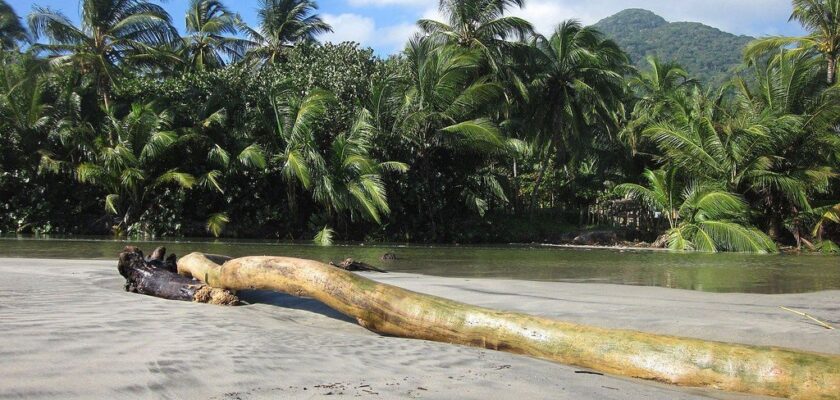Tayrona National Park (Parque Nacional Natural Tayrona)
Tayrona National Park stretches 85 kilometers, north of Taganga. It is a beautiful coastline untouched by civilization where you can see monkeys, iguanas and snakes in their natural habitat. The park covers 300 square kilometers of the Caribbean Sea and 1200 square kilometers of coastline rising up to 975 meters above sea level, so that from the highest points of the park you can enjoy magnificent views of the surrounding hills and wonderful beaches. The main purpose of those who come here is to relax and swim in the wonderful azure waters. If you are in the mood, you can visit the archaeological excavations in Poeblito and learn a lot of interesting things.
.Tyrone Park is an ideal place to explore, it consists of tropical dry forest, seaside grassy prairies and many coral reefs where underwater life abounds.
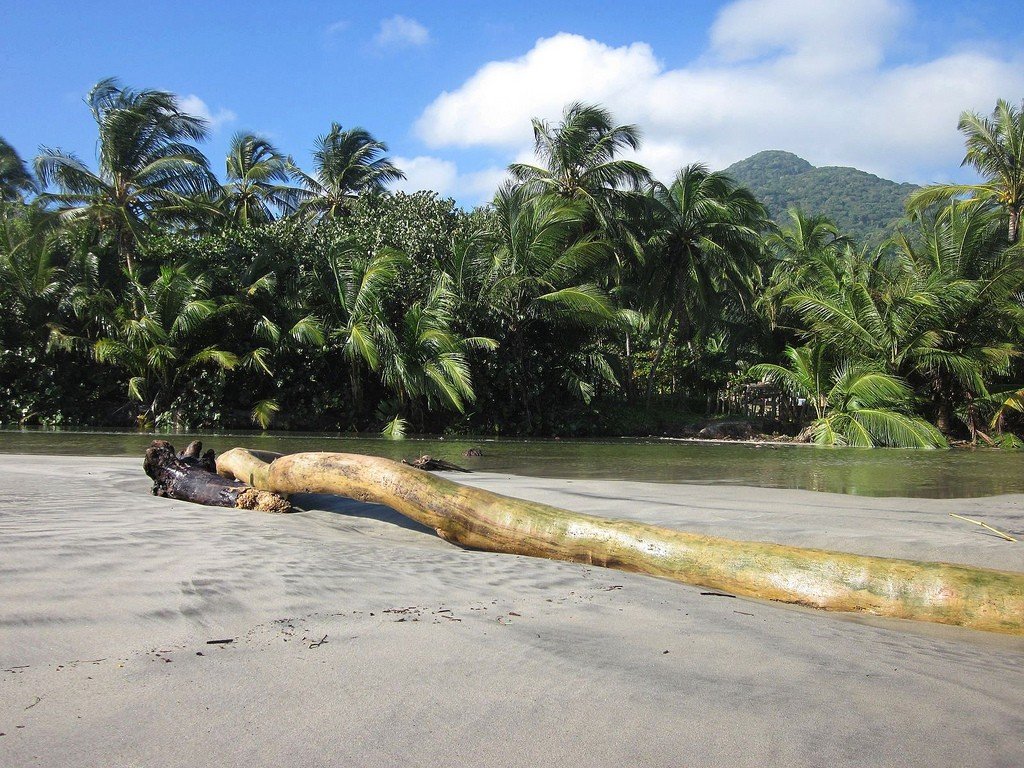
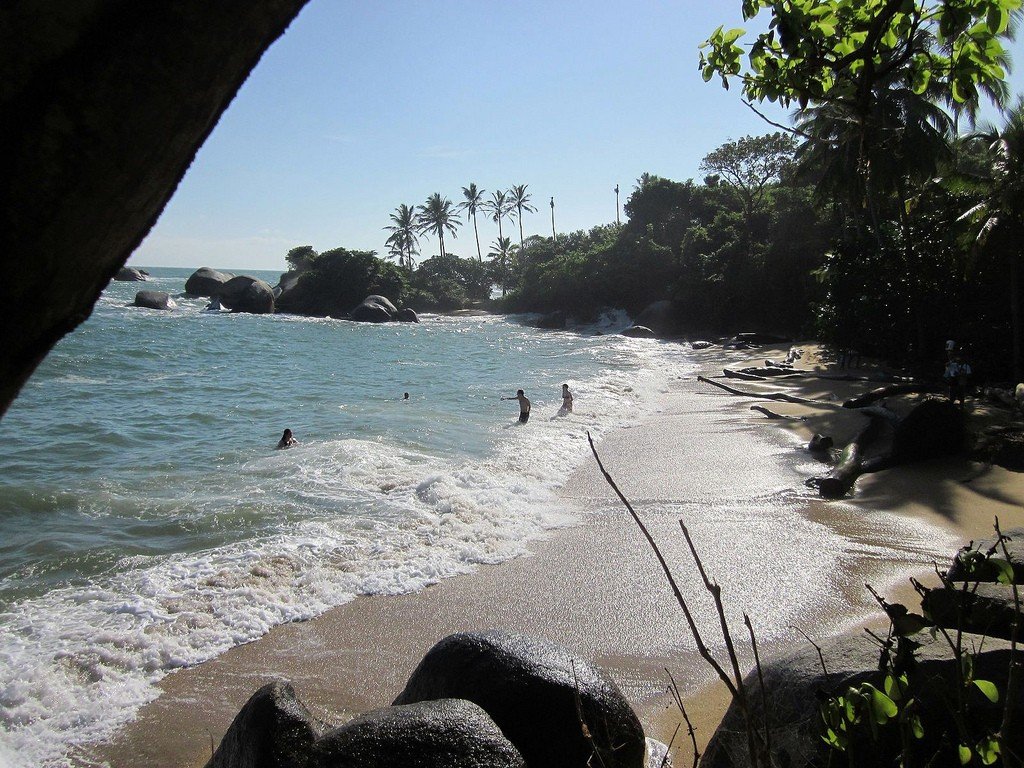
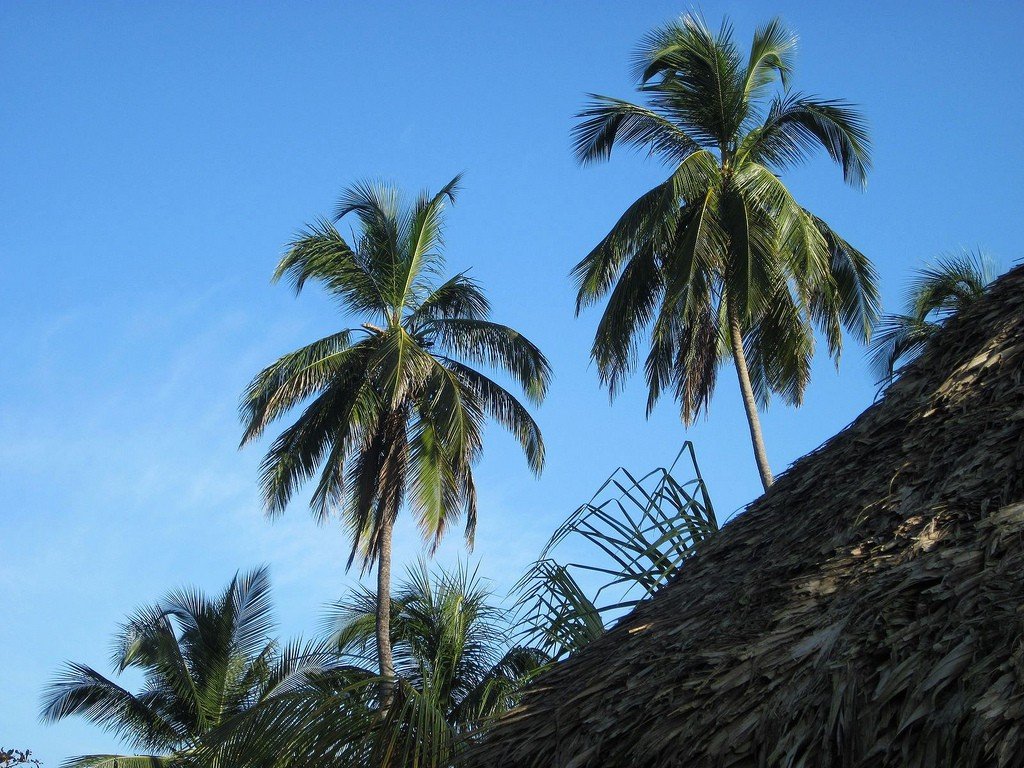
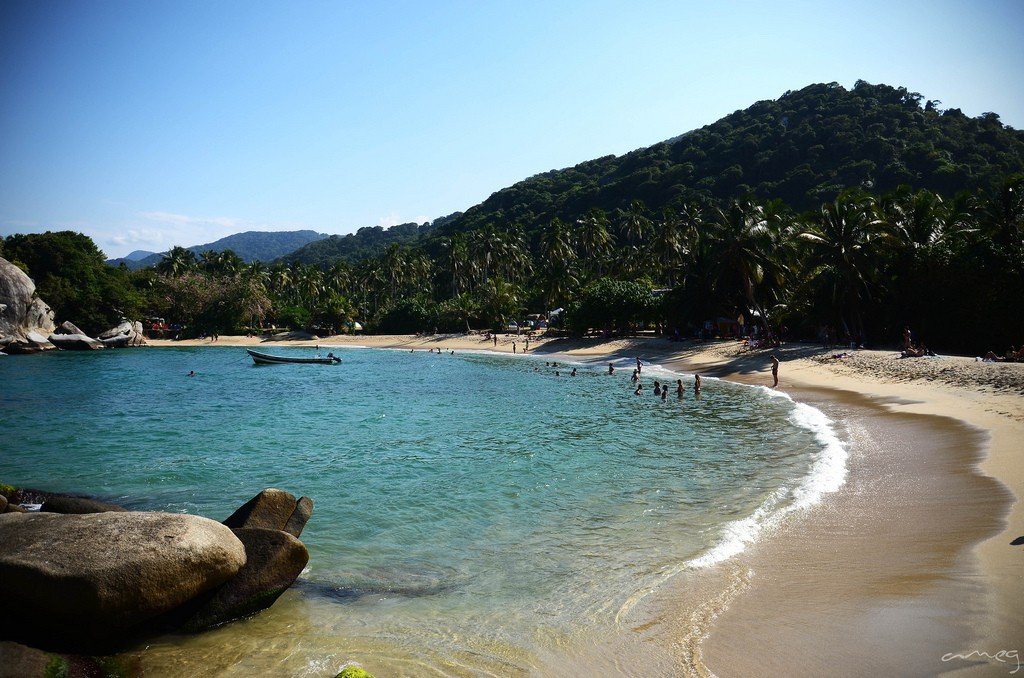
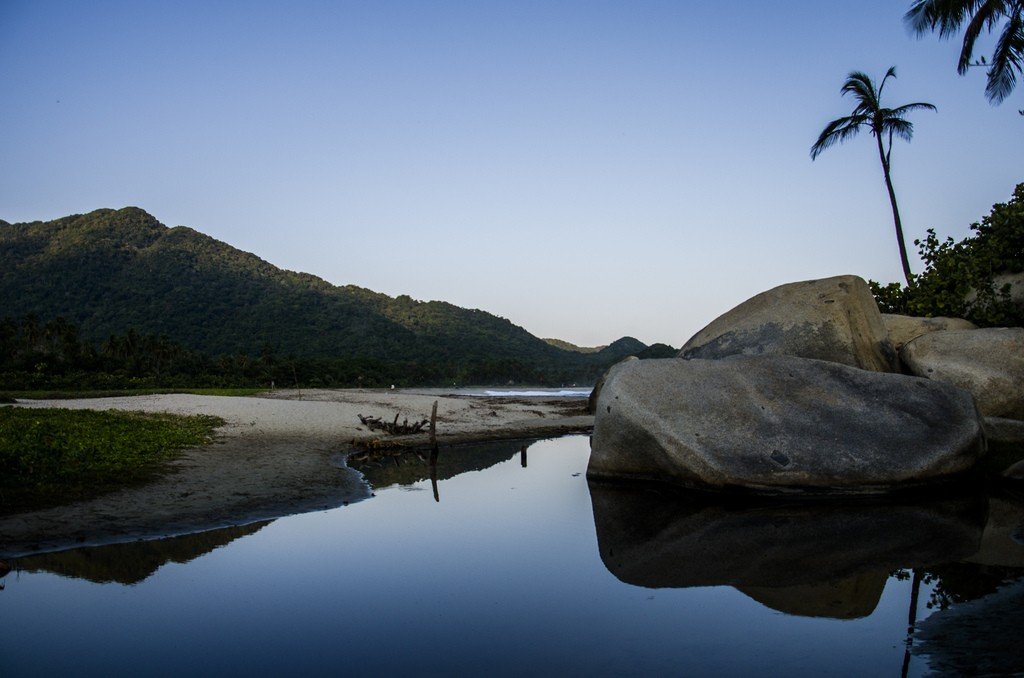
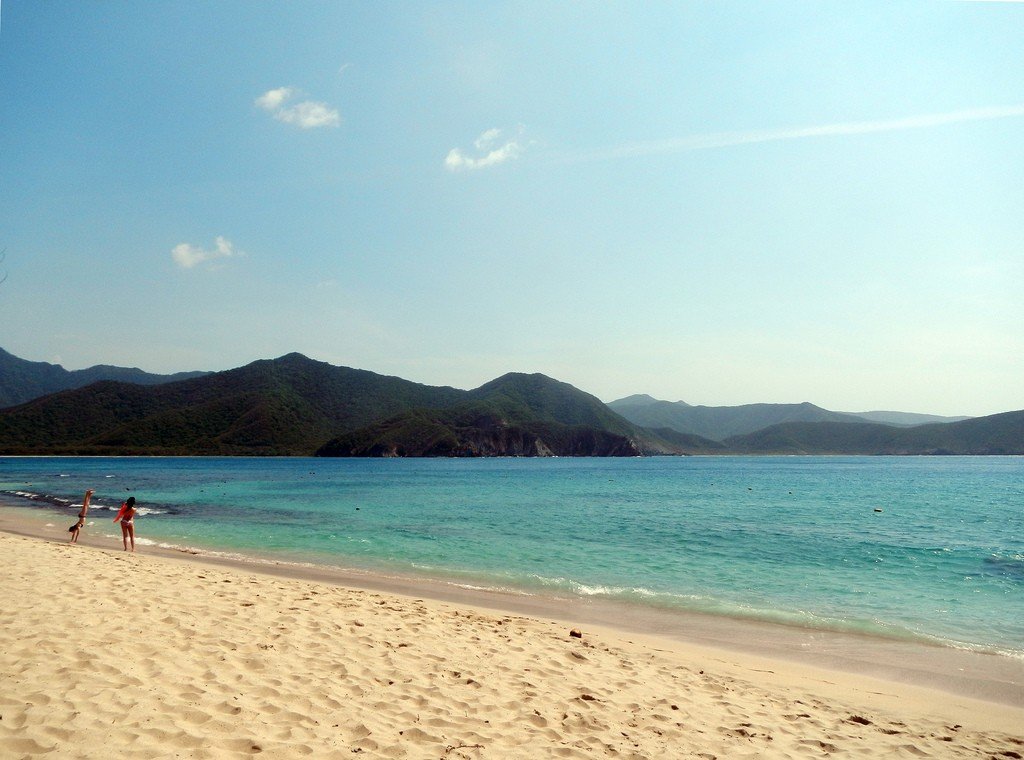
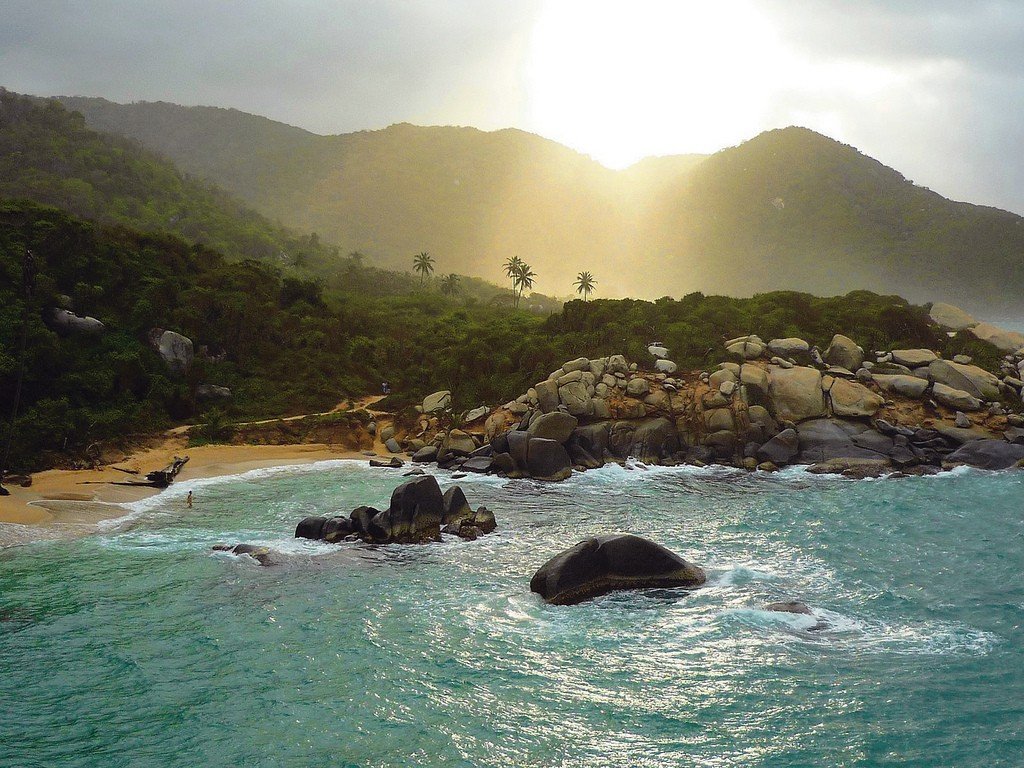
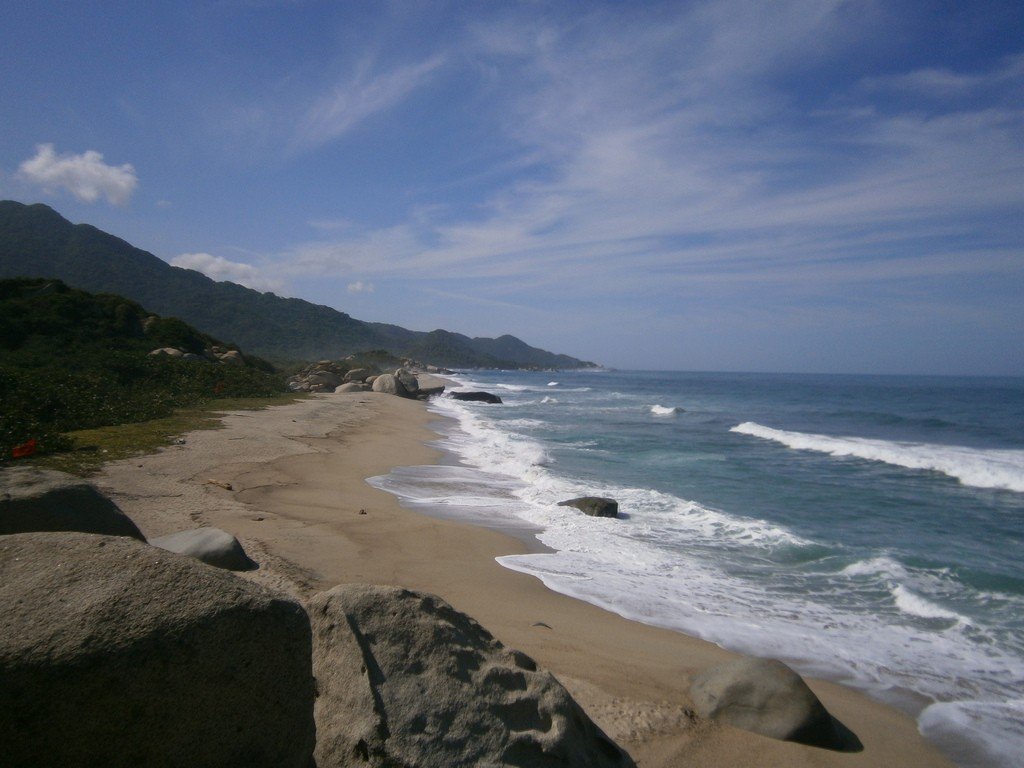
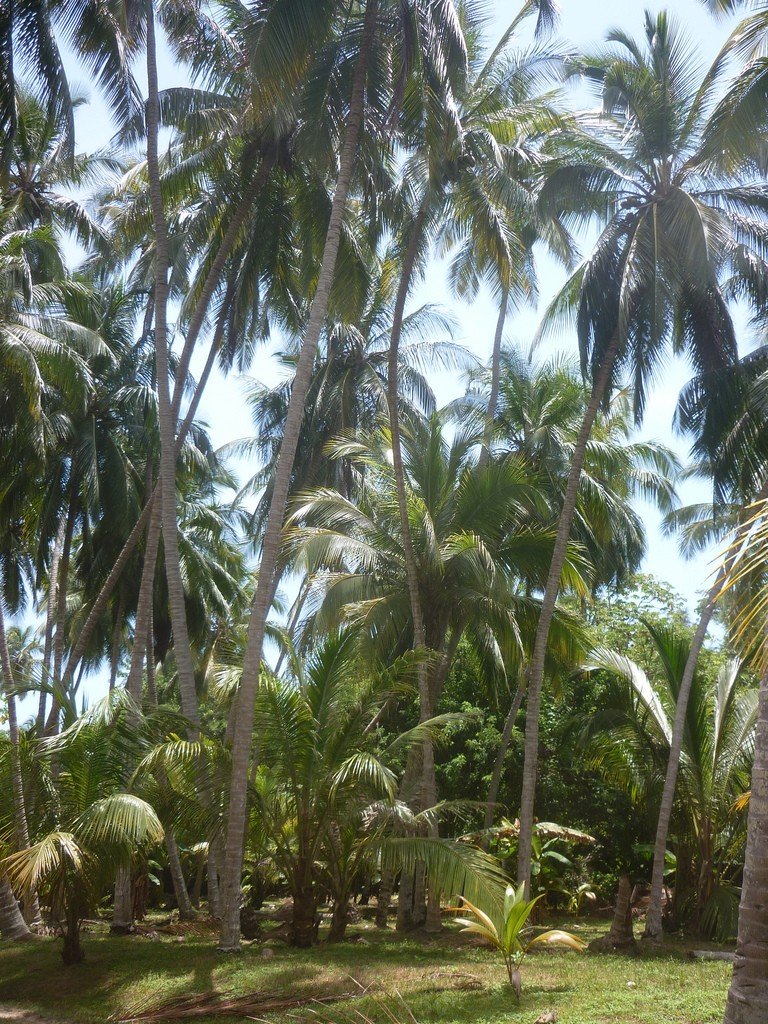
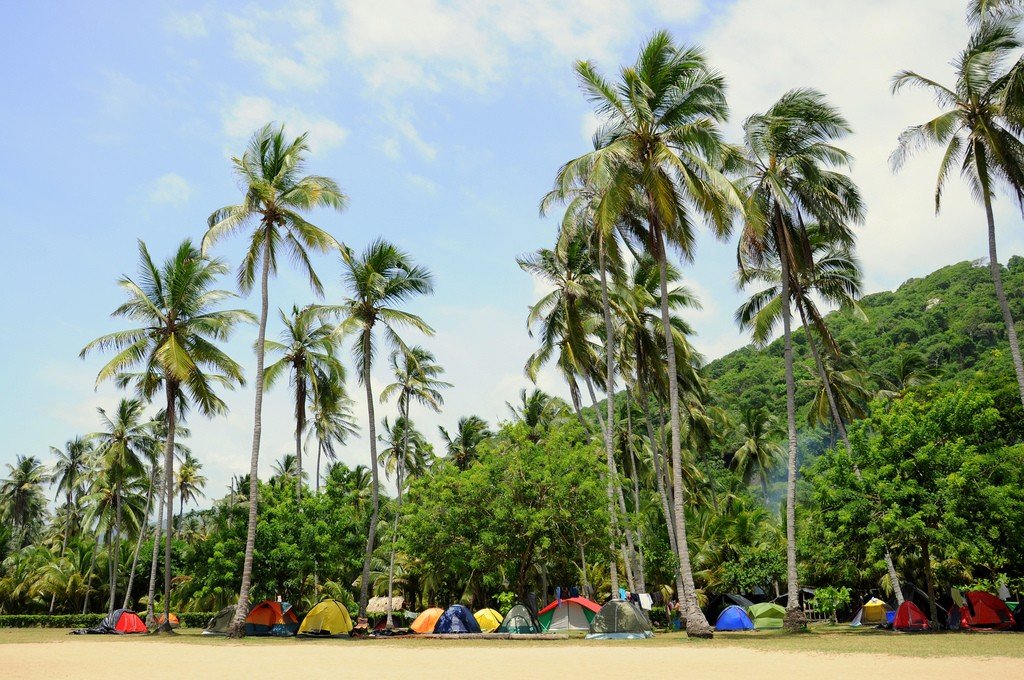
Flora and fauna
About 300 species of birds and 108 species of mammals, 31 species of reptiles, 15 species of amphibians, 202 species of sponges, 110 species of corals, 471 species of crustaceans, 96 species of ringworms, 700 species of mollusks and 401 species of marine and river fish have been recorded in the fauna of the park. More than 350 species of algae and 770 species of plants have been noted in the flora. Tayrona is one of three national parks in the Colombian Caribbean region that have coral terrain in its area.
.Tourists
There is a fee to enter the park, but it is free. The cost per foreigner is 35,000 Colombian pesos (approximately $17). There is no time limit.
.Pitching a tent and practicing ecotourism is the only option for an overnight stay here, as environmental protection is taken very seriously. Eco-friendly buildings are a characteristic feature of the local architecture of this amazing place. If you prefer to stay outdoors, you can hang a hammock in El Cabo and snooze in the sea breeze. This is one of the popular places to camp.
.Parking lots, hammock sites, shelters, fire pits, barbecues are present on the beaches. Part of the beaches are electrified (from generators). It is possible to get to the bay of Gairaka by land, further – only by boat. The attitude to whites is neutral. There are very few English-speaking Indians. Only Spanish is understood here.
.